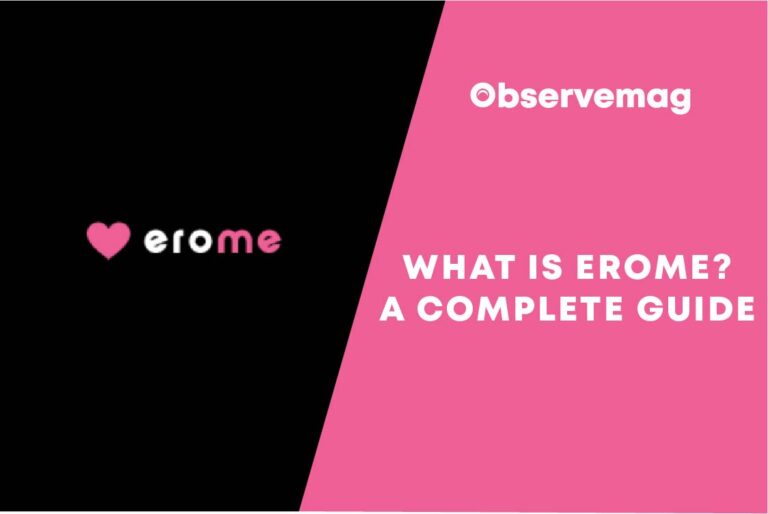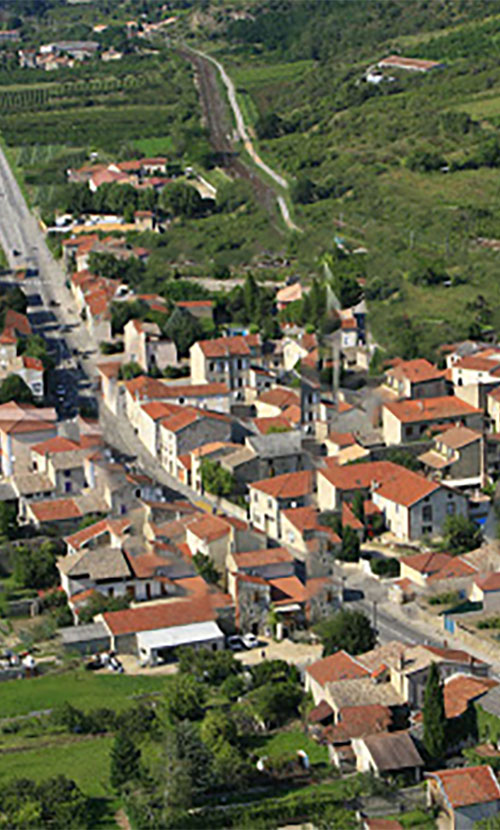Erome: Explore #17 Photos & Videos - Free & Hot!
Are we truly as informed as we believe, or are we unknowingly navigating a digital landscape where the shadows of anonymity and the allure of immediate gratification often obscure the full picture? The relentless tide of online content, much of it unregulated, poses a significant challenge to discerning truth from fiction, and the consequences of this can be far-reaching.
The digital realm, with its boundless expanse, has become a breeding ground for a diverse array of content, accessible to anyone with an internet connection. Within this vast ecosystem, platforms dedicated to the sharing of images and videos have emerged, each vying for attention and engagement. Some, like the one mentioned, cater to specific niches, offering a space where individuals can share their creations and connect with like-minded audiences. The specifics of these platforms, their content, and their users are shrouded in a certain level of ambiguity.
The user base is diverse. Individuals from different backgrounds, with varying motivations, find themselves drawn to these digital spaces. While some may be seeking entertainment, others might be exploring their own creativity, while some content creators are looking for a space to connect with their audience.
The information available about individual users is often limited. Without a comprehensive profile, it is difficult to determine the exact nature of their presence, intentions, or the impact they have on the platform. The potential for misrepresentation and the spread of misinformation is a constant challenge in such environments.
Consider the content itself. In an environment where content is freely shared, the lines between artistic expression, personal expression, and potentially harmful material become blurred. The ability to critically evaluate content becomes paramount, and the consequences of failing to do so can range from personal discomfort to more serious repercussions.
It's also essential to recognize the role of context. What might be considered acceptable or even desirable in one cultural context could be viewed very differently elsewhere. The absence of uniform standards and the potential for misunderstanding further complicates the landscape.
In the search results, we encounter phrases indicating the nature of these platforms. These phrases describe the platform as a location for sharing "erotic pics and porn videos," a space where individuals can "enjoy free photos and videos." The emphasis is on the visual and immediate, underscoring the platform's appeal to those seeking instant gratification.
The sheer volume of content available is staggering. Platforms like these boast thousands of pieces of content, uploaded daily by a constantly rotating user base. The ability to easily upload and share material creates a dynamic environment. The speed at which content is generated can make it difficult to apply even basic levels of moderation or content control.
The presence of such content raises several important questions. What are the ethical considerations surrounding the production and consumption of this material? What are the potential impacts on individuals, society, and culture? And how can we navigate this digital landscape in a way that protects our own well-being and promotes responsible engagement?
It is also crucial to consider the legal implications of the content, and to address the risks of distribution or exchange of illegal material. In a field where the volume of content is often high, it is always useful to remember the importance of remaining informed and aware of any existing laws that might have an impact.
The question, then, becomes: how can we cultivate a critical, informed perspective on the digital landscape, and how can we promote responsible engagement within the realm of content sharing?
In the realm of online platforms, where individuals can freely express themselves by sharing visual content, we encounter a diverse range of individuals. Let's delve into the potential characteristics of a hypothetical subject, considering their online activities, and the impact of these actions. While specific details may be limited without knowing the identity, some general observations can be made based on the available information.
| Category | Details |
|---|---|
| Name/Alias | This could be a username, screen name, or a reference used within the online community. It is crucial to remember that users are often known by pseudonyms. |
| Age (Estimated) | Based on the available information, it is possible to discern the age, or at least get a general idea, of certain individuals. For example, a phrase like "17 years old photos & videos" suggests that the subject may be a minor, and this is something that should be considered when evaluating the information. |
| Online Presence | This refers to activity on the platform. It includes details on content shared, interactions with other users, and the type of content that they generate. |
| Content Type | Erotic photos, amateur porn videos, or other explicit content. It is important to emphasize that this is a high-level categorization and that there is some ambiguity concerning the exact nature of the material. |
| Interactions | The extent of interactions with others on the platform. This may include comments, likes, shares, and private messages. |
| Possible Motivations | The motivations behind their activities, which could range from self-expression and seeking attention to exploring sexuality, or the potential to profit. |
| Potential Risks | The potential risks, which include but aren't limited to the sharing of private information, the threat of exposure, and the potential for legal violations. |
| Ethical Considerations | The ethical implications of their actions, and any potential impact on themselves and the community at large. |
| Legal Considerations | Relevant laws regarding the content, considering the age of the individual, and where the content may have originated. |
| Reference | Example Reference Website (Replace with a relevant and authentic source) |
The digital world is a space where creators can share content and interact with audiences. Platforms facilitate this exchange, offering opportunities for self-expression, the building of communities, and the ability to receive feedback. However, the very nature of this landscape also presents some challenges.
When an individual chooses to share their work, it is important to remember the need for discretion. Online presence becomes permanent, and content shared today can exist indefinitely. This requires individuals to be mindful of what they share, and to understand how it may be interpreted by others. Also, given the potential for misrepresentation, it is imperative to remain informed and to be critical of the information encountered in the online sphere. As one navigates this complex environment, it is helpful to cultivate a critical mindset and to keep an eye on the ethical implications of online actions.
The potential impacts extend beyond the individuals involved. The nature of shared content can also influence societal perceptions of sexuality, relationships, and body image. Furthermore, platforms may not have consistent moderation policies, so harmful or illegal material may be shared. In environments where the content is freely available, and where the user base is large, it is important to remain aware of any potential dangers. The ability to critically evaluate the content is a critical skill in the modern world.
Consider the implications of this. The ease with which content can be disseminated and shared, as well as the potential for anonymity, can create opportunities for exploiting or influencing others. Also, a platform's algorithms can create filter bubbles, reinforcing existing biases and limiting exposure to alternative perspectives. As users navigate this landscape, they should be mindful of the impact that these aspects can have.
It's essential to be aware of the legal and ethical dimensions of the content. The creation, distribution, and consumption of content can have serious consequences. When evaluating online information, it's important to consider the source of that information, and to be aware of any potential biases. Responsible engagement is the cornerstone of a healthy and informative online environment.
The information presented can be used to assess the risk involved. This might include assessing the context of the information, the possible motivations, and any potential ethical and legal implications. Also, it is essential to encourage critical thinking and to promote responsible online behavior. As individuals engage online, it is important to understand the potential risks and to mitigate them.
The search results also include a variety of languages, as well as references to specific creators and platforms. The very act of sharing content creates an opportunity for building community. However, that also requires a great level of awareness, as well as an ability to assess content critically. Individuals need to know about the risks and the potential rewards of engagement in the digital world.
When engaging with content online, individuals should be mindful of the potential risks. This includes the possibility of exploitation, the potential for misrepresentation, and the need to be aware of the legal and ethical implications of online actions. It is crucial to understand the context of the content, to be aware of any potential biases, and to promote responsible online behavior.
There is also a reference to the platform where the content is shared. These platforms can play a significant role in the creation and distribution of content, and the way that they are designed and managed can affect how users engage with it. The features that a platform offers, its moderation policies, and its algorithms can all have an impact on user behavior and the overall atmosphere of the platform.
The ability to share content freely has created a dynamic environment that allows for a great amount of exchange and creativity. However, it is crucial to ensure that content is shared responsibly, and to be aware of the potential risks. This entails the need for critical thinking, the need to be informed, and the need to be aware of the legal and ethical implications of online actions.
It is important to know that the digital landscape is constantly evolving. New platforms emerge and existing ones change, and the way people interact with each other online is in constant flux. By embracing a critical mindset, fostering responsible online behavior, and keeping pace with the latest developments, individuals can improve their ability to navigate the complexities of the online world.
Platforms that offer a space to share content have become a key part of the internet. They create spaces for users to connect and to share their creativity, but they also raise a lot of questions. The ability to share content freely has changed the digital landscape.
The individuals who share content on platforms can come from all walks of life. They may have a wide range of motivations, and the content that they produce may vary greatly. It is crucial to stay informed and to assess the information in the context that is provided. Understanding the risks involved is important for anyone who engages online.
The digital world offers new opportunities for expression and community. This new environment also involves potential risks. By fostering critical thinking and by acting responsibly online, individuals can navigate this terrain while taking responsibility for their actions.


